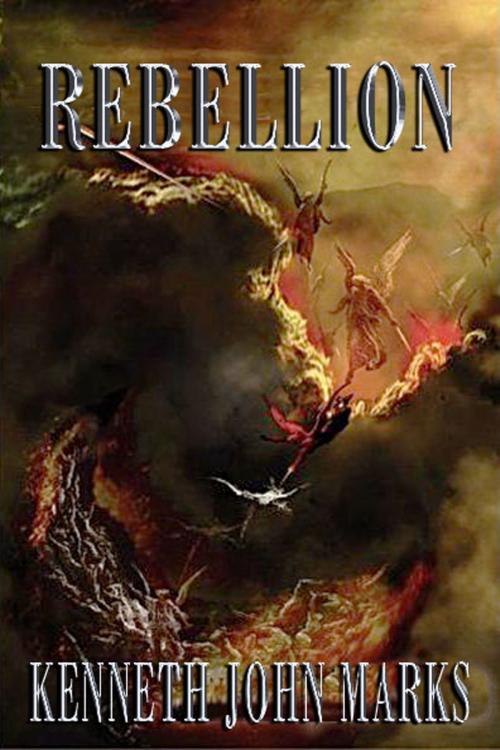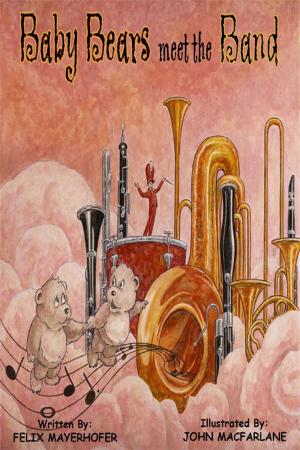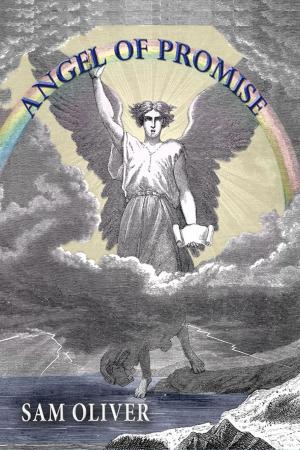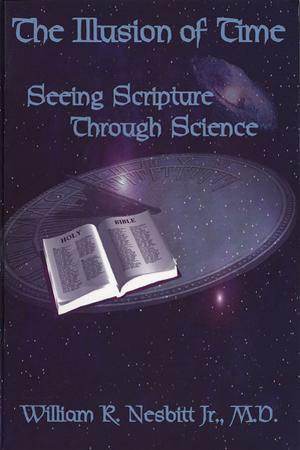| Author: | Kenneth John Marks | ISBN: | 9781604143638 |
| Publisher: | Fideli Publishing, Inc. | Publication: | April 19, 2011 |
| Imprint: | Smashwords Edition | Language: | English |
| Author: | Kenneth John Marks |
| ISBN: | 9781604143638 |
| Publisher: | Fideli Publishing, Inc. |
| Publication: | April 19, 2011 |
| Imprint: | Smashwords Edition |
| Language: | English |
As I sat down to write this story, its basic themes had been much on my mind for a very long time: What did it look like from heaven when God created all things? What did it look like when Lucifer rebelled and was thrown out of heaven? What motivated him?
I've also been fascinated by God's Destroying angel, Abaddon, who appears many times in the Bible. I've wondered what he must be like. Unlike certain Biblical scholars, I do not believe Abaddon is evil. While the Book of Revelation mentions that he is the ruler of the abyss, the ultimate ruler of the abyss is God Himself, and God is not evil. Rather, every time Abaddon appears in scripture, he is doing precisely what God has told him to do. That is how he appears in Revelation 21, unleashing the forces of evil on the earth to bring about mankind's end, just as God foretold through the prophets.
Speaking of evil, this story also deals with its origin. It states unequivocally that God created the devil and the demons that live in hell. How could that be, one of my readers asked? How could a good, righteous and holy God create these evil beings? Well, I can’t explain why He did it; but I do know that He did do it, because this is absolutely unequivocally stated by God Himself in Scripture.
Certainly, before creation, no evil could have possibly existed because it would have had to exist in God Himself, and He is absolutely pure.
A reader also commented on the demons in hell, how ugly they were. She wondered how could God create such ugliness. Well, because one might consider God’s wrath to be ugly and terrifying, and these beings are the exact representation of God’s wrath, which expresses His hatred of sin and of evil.
As to the creation story in Chapter 8, I have tried to remain true to the order of events as they are described day by day in Genesis 1. But there’s a problem in this for us mortal beings who believe in the inerrant truth of God’s Word and who also believe in the power of human reason to discover a few truths about this great universe God has set us in. Our problem lies in the fact that the Genesis account flies somewhat against the current popular myths (fueled by that same very limited human reason) about how the universe was actually formed.2
To deal with such problems, I have applied the following three rules to my interpretation of the Biblical creation account (which I believe should govern anyone’s interpretation of God’s Word): first, the Bible is not a science manual; second, God does not tell us everything we might want to know about the nature of His creation; third, and by far most important, if something God says about how the universe operates or came into being conflicts with human reason’s current understanding, God’s Word rules.
As I sat down to write this story, its basic themes had been much on my mind for a very long time: What did it look like from heaven when God created all things? What did it look like when Lucifer rebelled and was thrown out of heaven? What motivated him?
I've also been fascinated by God's Destroying angel, Abaddon, who appears many times in the Bible. I've wondered what he must be like. Unlike certain Biblical scholars, I do not believe Abaddon is evil. While the Book of Revelation mentions that he is the ruler of the abyss, the ultimate ruler of the abyss is God Himself, and God is not evil. Rather, every time Abaddon appears in scripture, he is doing precisely what God has told him to do. That is how he appears in Revelation 21, unleashing the forces of evil on the earth to bring about mankind's end, just as God foretold through the prophets.
Speaking of evil, this story also deals with its origin. It states unequivocally that God created the devil and the demons that live in hell. How could that be, one of my readers asked? How could a good, righteous and holy God create these evil beings? Well, I can’t explain why He did it; but I do know that He did do it, because this is absolutely unequivocally stated by God Himself in Scripture.
Certainly, before creation, no evil could have possibly existed because it would have had to exist in God Himself, and He is absolutely pure.
A reader also commented on the demons in hell, how ugly they were. She wondered how could God create such ugliness. Well, because one might consider God’s wrath to be ugly and terrifying, and these beings are the exact representation of God’s wrath, which expresses His hatred of sin and of evil.
As to the creation story in Chapter 8, I have tried to remain true to the order of events as they are described day by day in Genesis 1. But there’s a problem in this for us mortal beings who believe in the inerrant truth of God’s Word and who also believe in the power of human reason to discover a few truths about this great universe God has set us in. Our problem lies in the fact that the Genesis account flies somewhat against the current popular myths (fueled by that same very limited human reason) about how the universe was actually formed.2
To deal with such problems, I have applied the following three rules to my interpretation of the Biblical creation account (which I believe should govern anyone’s interpretation of God’s Word): first, the Bible is not a science manual; second, God does not tell us everything we might want to know about the nature of His creation; third, and by far most important, if something God says about how the universe operates or came into being conflicts with human reason’s current understanding, God’s Word rules.















